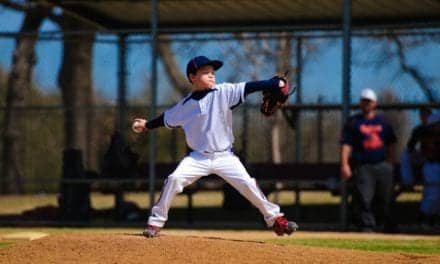
The researchers add that the study results may pave the way for future researchers to re-examine physical therapy tactics for cerebellar patients. To date, Kennedy Krieger says, researchers and neurologists believed that proprioception did not occur in the cerebellum, and therefore damage to the cerebellum did not impact proprioception.
During the study, researchers reportedly compared 11 healthy individuals to 11 patients with cerebellar damage (caused by spinocerebellar ataxia, sporadic cerebellar ataxia or autosomal-dominant cerebellar ataxia type III) but no evidence of white matter damage, spontaneous nystagmus, or atrophy to the brainstem. The study participants were then compared in three psychophysical tasks intended to assess passive proprioception, active proprioception with simple dynamics, and active proprioception with complex, unpredictable dynamics designed to disrupt the cerebellum. The release states that all tasks relied on proprioceptive sense without vision.
The results suggest that cerebellar patients exhibited no deficits in passive proprioception. Contrast to the control subjects, cerebellar patients did not show improvement between passive and active proprioception with simple dynamics. Additionally, the results indicate the control patients performed similar to patients in an active proprioception task with unpredictable, small disruptions to their movement.
Amy J. Bastian, PhD, PT, director of the Motion Analysis Laboratory at the Kennedy Krieger Institute, states that proprioception was previously not considered a factor in the therapy or recovery of cerebellar patients.
“In fact, previous research has shown that individuals with cerebellum damage and no other clinical neurological impairments have normal proprioception when their limbs are moved passively in a clinical setting. However, when these patients move their limbs actively the exhibit significant proprioceptive impairment,” Bastian adds.
The researchers also note that proprioception in healthy subjects was impaired when unpredictable dynamics, or small disturbances to the cerebellum, were incorporated into active movement. According to the study, this suggests that muscle activity alone is likely insufficient to improve perception of limb placement, and proprioception should be taken into consideration when determining therapeutic practices for cerebellar patients.
Source: Kennedy Krieger Institute




